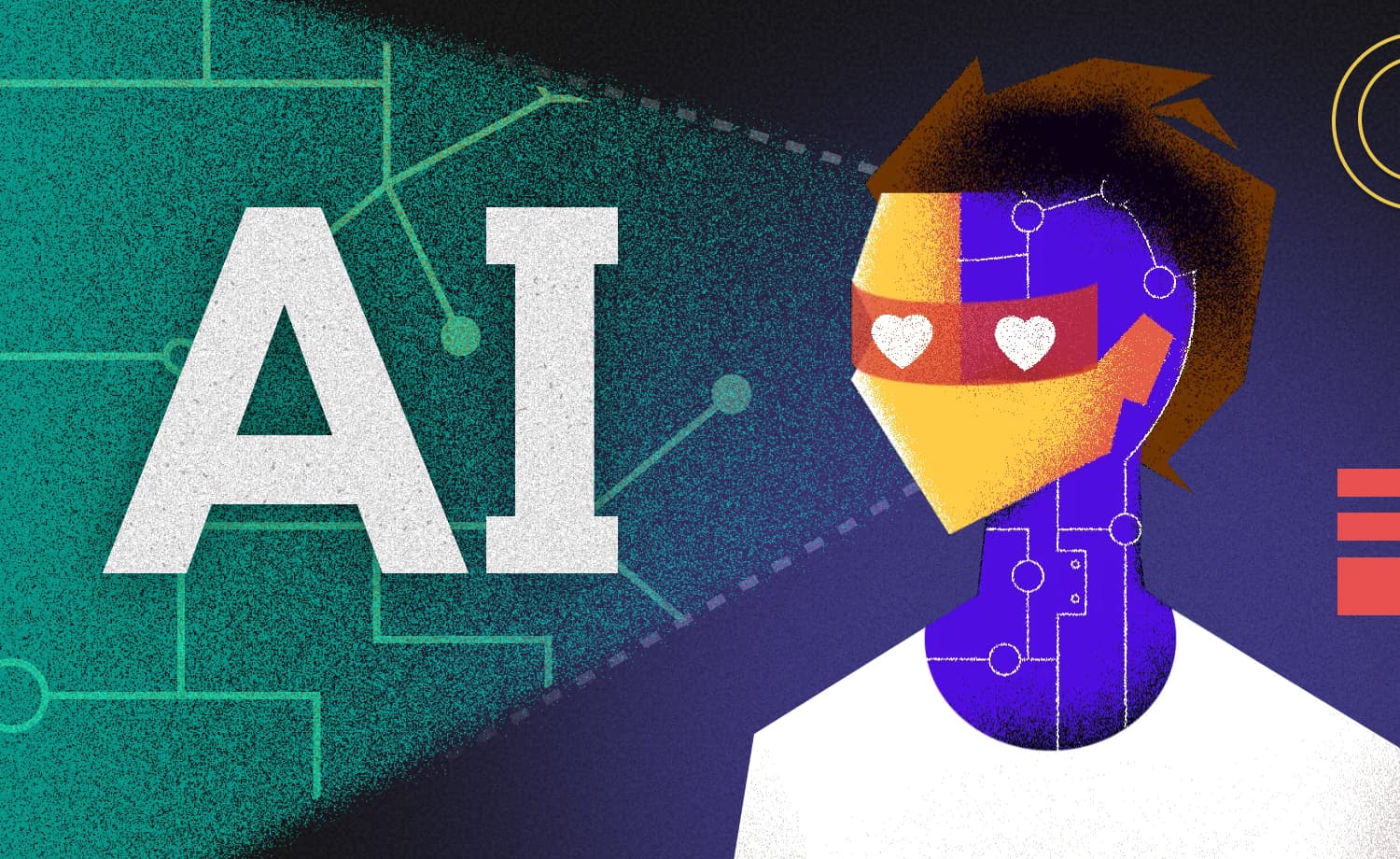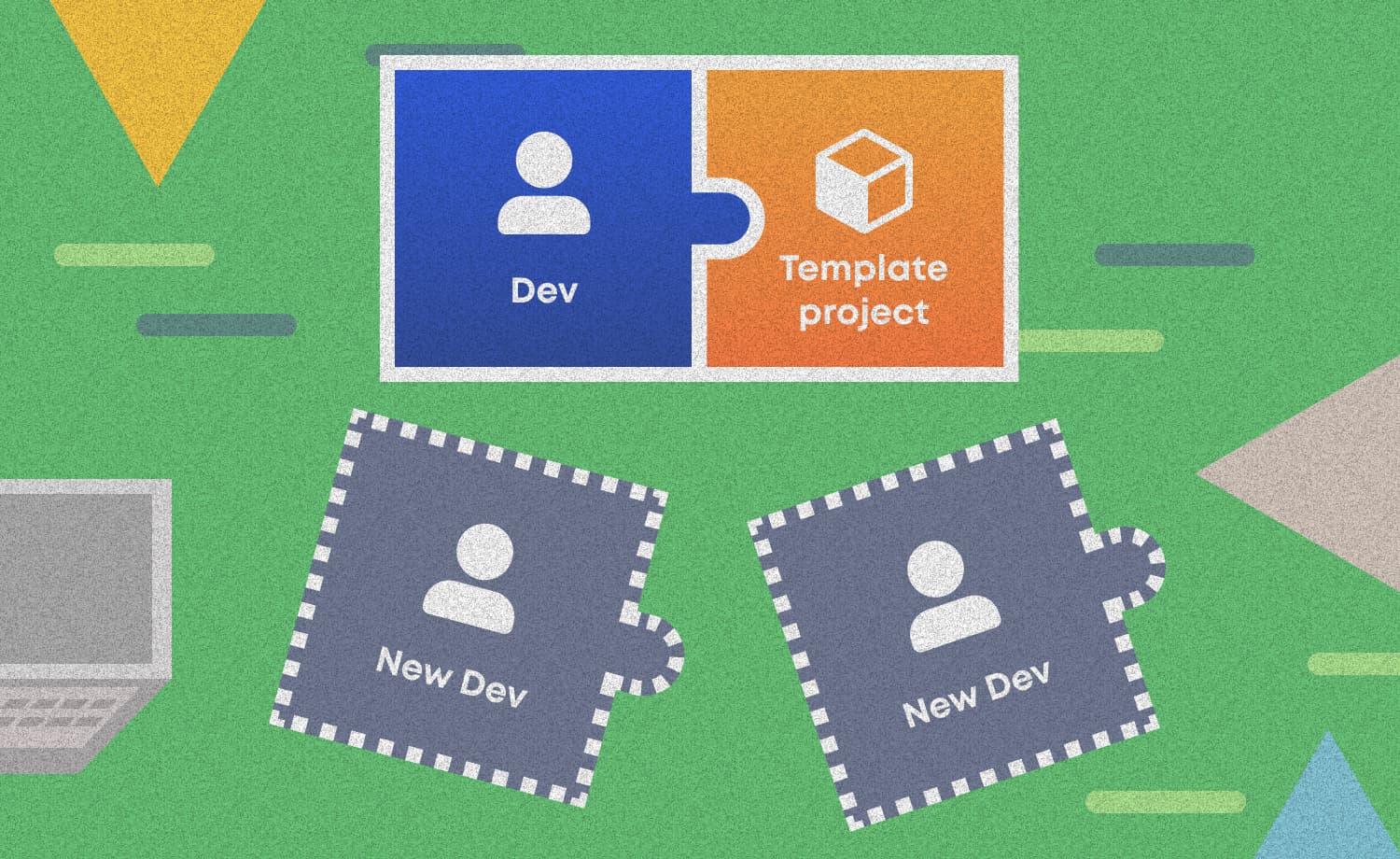All You Need to Know About Design Thinking
Goran G.
2021-01-05
5min
Design
Design Thinking is a way of thinking. An approach that’s gained popularity as it was quickly adopted by the most prominent brands & trend creators.
Even though it started being popular only recently, design thinking isn't an entirely new approach. Design thinking was developed in the 1960s. Its fifty-year period of advancement has influenced many tools and techniques in creative creation and the social and computer sciences. But what does it mean? Design Thinking stands for a non-linear process used in a design, conducted to understand users, examine assumptions, redefine challenges and issues, and create innovative solutions.
How to define Design Thinking?
People describe it in various ways, such as the single innovation framework or a simplification tool.
Design Thinking has a "human-centered core," which means it draws the design's focus back to users to ensure a genuine and successful experience at the end. It revolves around a deep interest in understanding the people for whom we're designing the product.
Design Thinking aids us in observing and developing empathy with the target user. It also helps us in the process of questioning: we start questioning the problem, the assumptions, and the implications. Design Thinking is instrumental in tackling challenges by re-framing the problem in human-centric ways, creating many ideas in brainstorming sessions, and adopting an all-inclusive approach in prototyping and testing.
Design Thinking also involves ongoing experimentation: sketching, prototyping, testing, and trying out concepts and ideas. It's the best way to go when you wish to think outside the box and improve processes, such as UX research, usability testing, or prototyping.
The process of Design Thinking involves four primary stages:
The identification of the general problem and acquaintance with it
Gaining an in-depth understanding of the problem and the challenges and potentials
The development of ideas
Prototyping to the final solution.
Basic principles of Design Thinking
By applying the Design Thinking methodology, the interaction is structured by encouraging the participants' creativity and empathy and directing them to shared goals and results.
Focus on the action
- Design Thinking makes us work, think with our hands, and create.
Willingness to change
- the purpose of Design Thinking is to change ways of thinking, abandon dogmas and existing models, and look for new methods of solving problems.
Focus on humans
- the Design Thinking approach focuses on meeting all user needs, including those unfulfilled or unknown.
Foresight
- by predicting the future, we learn how to act in unknown and unpredictable situations.
Constructiveness of the process
- the Design Thinking process is dynamic and iterative. It requires constant definition, redefining, evaluating, and visualizing.
Promoting empathy
- the user and his attitudes, thoughts, values , and motivations are the main focus points in the Design Thinking process.
Lower risk
- small failures are not necessarily a bad thing. The Design Thinking process contributes to risk reduction.
Finding meaning
- the essence of designing, and the biggest challenge is to create the purpose of a product or service for someone.
Creating a new dimension of creativity
- Design Thinking nurtures a culture that encourages constant confusion, creativity, and uncertainty.
Strategic competitive advantage
- Design Thinking products, models, and experiences add a new dimension of user preferences and set them apart from the competition.
Stages of Design Thinking
There are many modifications of the Design Thinking process today, and they can have from three to seven phases. But, all variants of Design Thinking are very similar. The most used five phases of Design Thinking are the following:
Empathy
Definition
Ideation
Prototyping
Testing
Empathy is a significant part of the human-centered Design Thinking process. This phase aims to understand people, their actions, emotional and physical needs, and their views of the world. Guided by empathy, we can design solutions that meet the three most essential criteria of a successful product: product desirability, feasibility, and sustainability.
After the empathy phase, during the conclusion, it is crucial to process everything we have seen and heard to understand the bigger picture and single out the most essential information in the following phases.
That's when we start to Define the challenge. Defining is a phase of Design Thinking in which we try to clarify what we have learned in the stage of empathy. Our task is to precisely define the challenge we face based on what we have learned about the user and the problem as a whole. The result of the definition phase is a problem statement: a meaningful and precise statement describing the user and his needs. A problem statement is significant for any design thinking project because it focuses on the user problems we have discovered through research.
An idea is a foundation for building prototypes and innovative solutions for the user. Therefore, ideation is very easy to describe: it is the process of creating, developing, and presenting an idea. In the ideation phase, during the Design Thinking process, the emphasis is on quantity - it is crucial to include as many concepts as possible and come up with as many ideas as possible. Participants must be provided with an environment where they will share their ideas freely, boldly, openly, and without criticism.
During ideation, we:
move away from obvious solutions,
use team potential and explore the diversity of team members' perspectives,
discover new research spaces,
create a wide range of ideas,
Get rid of stereotypical solutions, and step towards new and exciting ones.
When design thinkers want to know exactly how users will use a product, they give it to users. A prototype can be anything the user can interact with: a piece of paper or a gadget. Prototyping is done so that solutions can be thought of differently. If a product should fail, it should fail in a timely manner, quickly and cheaply, before investing significant capital. By devoting time to prototyping, we avoid costly mistakes such as early product development and lingering on ideas without potential. The direct user experience in the design thinking process is beneficial because it gives us a real emotional reaction and more detailed answers to the questions we asked before.
We distinguish two types of prototypes: low fidelity prototypes and high fidelity prototypes.
Low-fi prototypes are basic models or examples of a test product and serve us to tell the story of the final version of the product. They are fast and cheap, easy to change and get feedback quickly.
High-fi prototypes are prototypes that look and function very similar to the final product. Such prototypes are expensive and take longer to make. Still, at the same time, stakeholders can see their vision's physical materialization, and the designer gets much better and more detailed feedback.
Testing can be done in all phases of a design thinking project but is most often carried out simultaneously with the prototyping phase. The purpose of testing is to get feedback based on the built prototype. Also, it is a new opportunity for an empathic connection with the user. But testing is not conducted by asking the user whether he likes the product or not, but tries to understand the feedback by asking the question "why?".
The reasons for testing are
Improving prototypes and solutions
additional learning and getting to know the users
testing the problem statement/point of view
create a wide range of ideas,
When testing, ask users to compare prototypes and talk to them during testing. Actively observe them, and ask accompanying questions. Create experiences and show instead of explaining - let the user interpret the prototype himself.
To conclude:
The Design Thinking method was created to explain how designers think and how they solve a particular problem. Design Thinking can also be described as a way of solving a problem by using a predefined process.
Design Thinking is not reserved for designers only. It's made for all who want to instill design thinking into various levels of an organization, product, or service to drive new business and society alternatives.
A dose of (Design) Dopamine
Updates and resources
In-depth guides
Quality content for free
Similar blogs
Development
Matej Musap
2025-08-18
3min
Beyond the Buzz: How Developers Are Using AI in Real Projects
Development
Matej Musap
2025-07-28
2min
How a Template Project Helps Us Guarantee Code Quality and Team Stability
Sales
Mladen Šimić
2025-06-24
3min
















